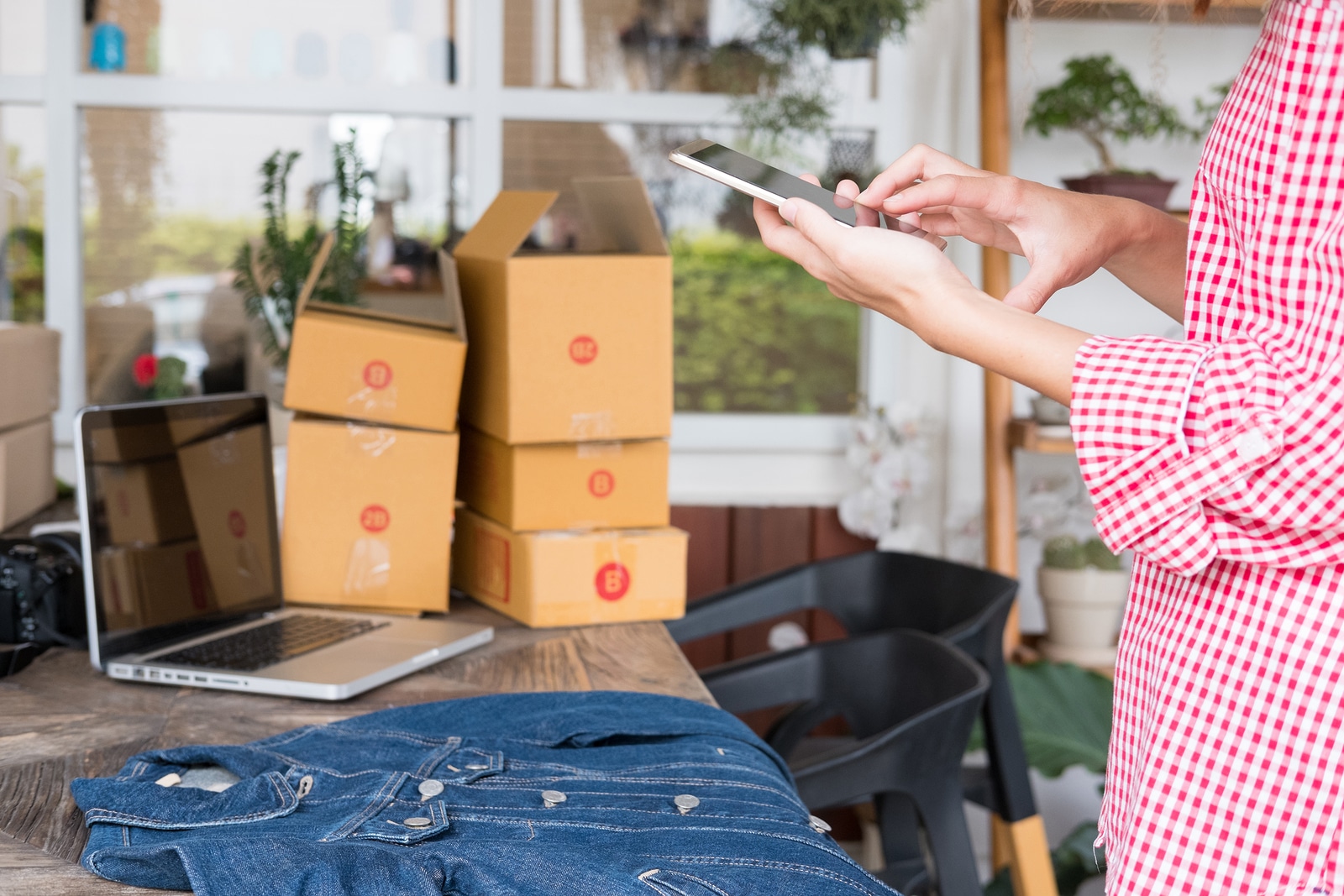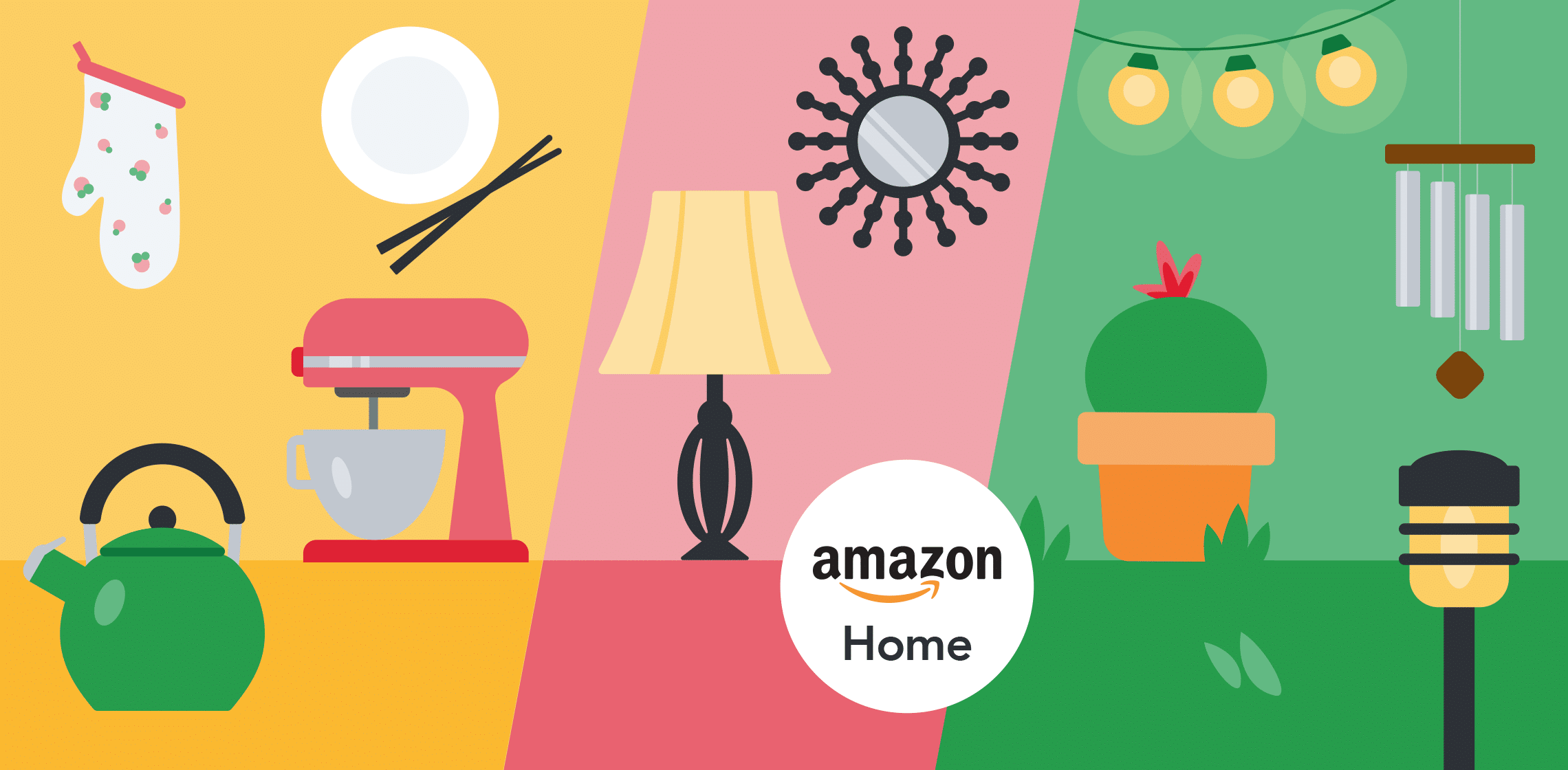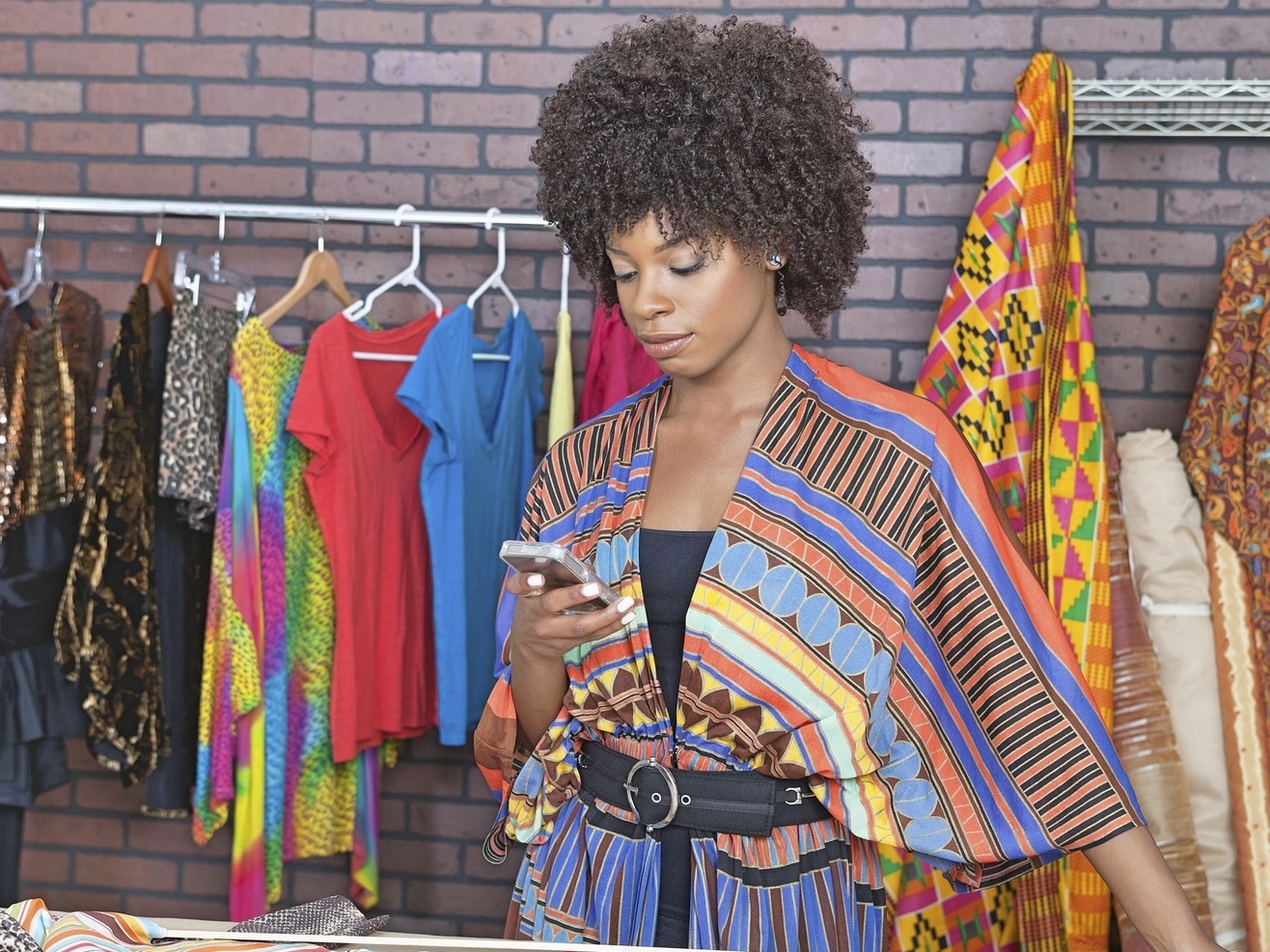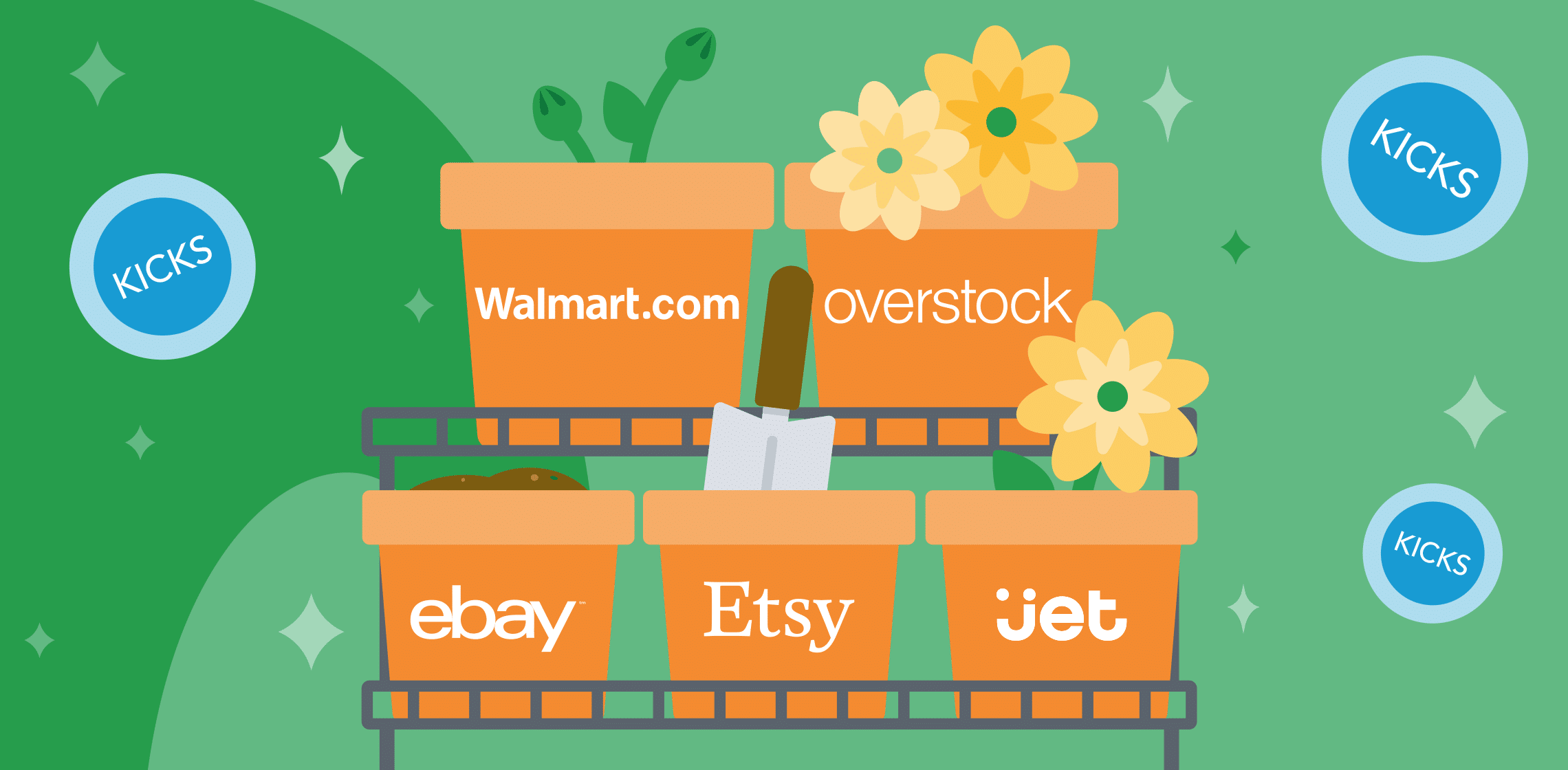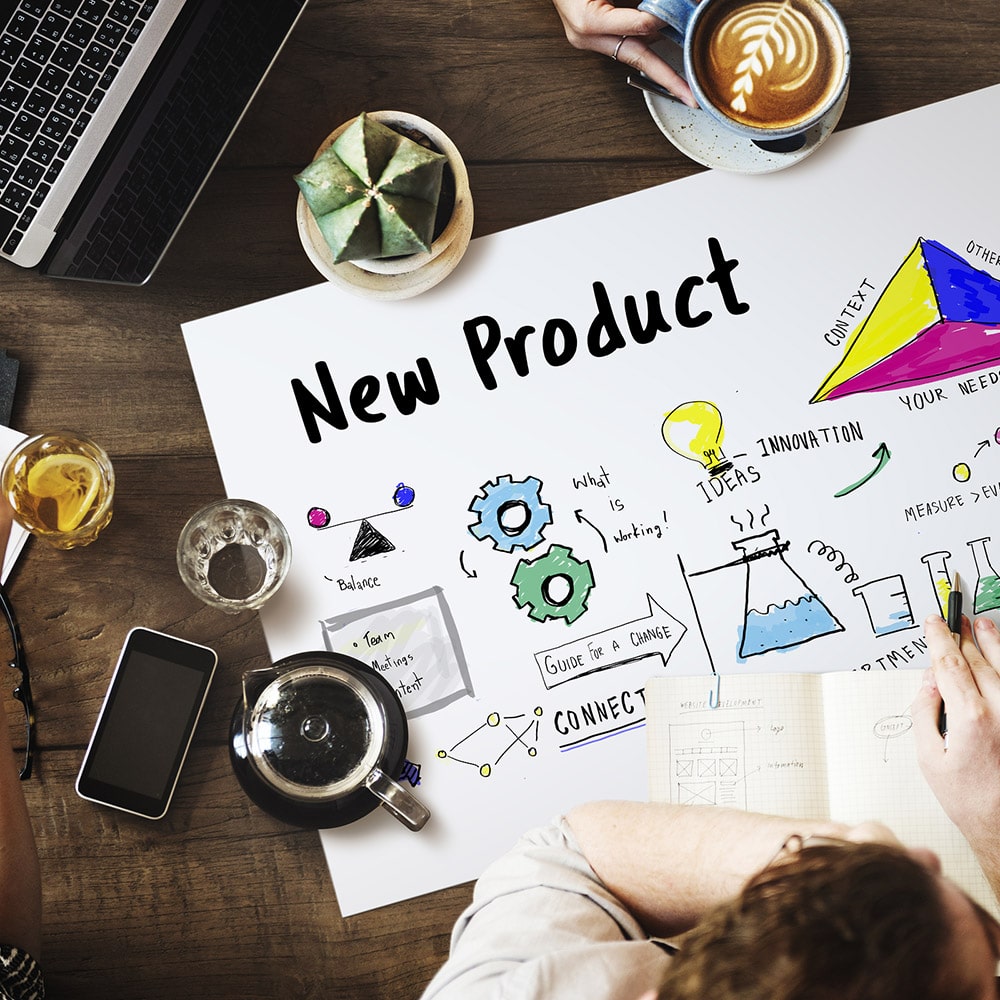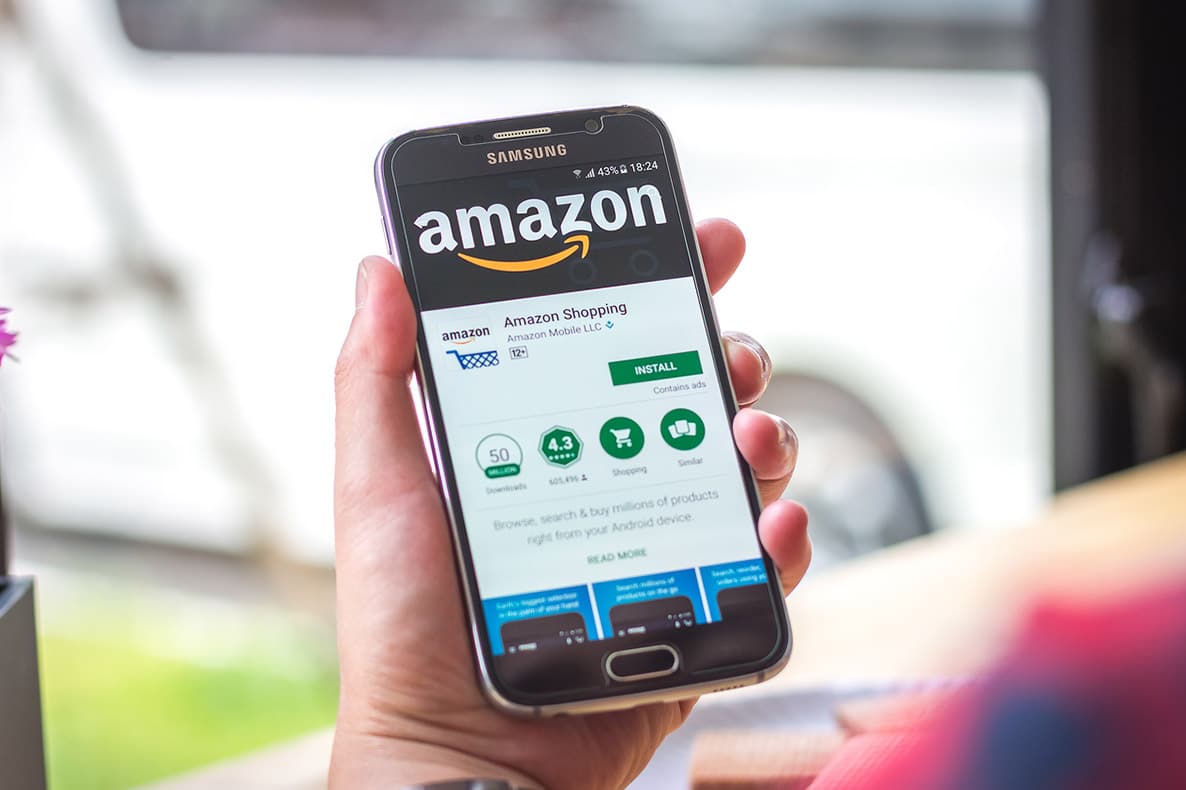Mobile app marketing offers an excellent opportunity to improve customer experience. Continue reading “How to improve customer experience in the aisle with third-party apps”
Year: 2018
How to Earn Kicks: 15 Tips for Shopkick Success
I’ve been using Shopkick long enough to call myself a pro. Whether I’m grabbing my Starbucks treat or saving up for a splurge at Best Buy, I know how to make every errand count toward rewards.
If you’ve already downloaded the app and are ready to level up your earnings, here are my top tips for getting the most out of every kick.
Set Yourself Up for Success
1. Turn on notifications and Bluetooth so you never miss a nearby kick opportunity.
2. Check the app daily — new offers and products are always being added, and kick values can change.
3. Keep your app updated so you get the latest features and smooth performance.
How to Earn Kicks In-Store
Ready to boost your rewards during your next Target, Walmart, or CVS run? Here’s the in-store game plan:
How to Earn Kicks at Home
Yes, you can still earn while lounging on the couch!
8. Watch product videos for instant kicks.
9. Explore the Discover tab for hidden offers.
10. Shop online through Shopkick to earn kicks on purchases you’re already planning.
11. Refer friends — when they join through your invite link and earn their first kicks within seven days, you both get a bonus.
Pro Tips for Shopkick Experts
12. Scan only in-store: Scanning on the actual shelf ensures brands and stores keep offering rewards.
13. One account per person: Avoid multiple accounts or shared logins — they can lead to account closure.
14. Protect your account: Keep your login private so you don’t lose your rewards.
15. Make it social: Invite friends and shop together — more fun, more kicks!
Why These Hacks Work
Shopkick is about turning everyday shopping into a rewarding experience — no tricks, no shortcuts, just simple shopping. Stick to these strategies, and you’ll see your kicks add up faster than you think.
Your next gift card is waiting! Download Shopkick today, link your retailer accounts for eReceipts, and start stacking kicks on every trip — whether you’re in-store or at home.
Why apps are the future of mobile commerce
Innovative mobile apps are laying the groundwork for the future of mobile commerce. Continue reading “Why apps are the future of mobile commerce”
The 4 craziest apps everyone should have
Recently, I made a promise to myself: I’d be open to more new experiences and would stop saying no so much. Crazily enough, one of the first things I started saying yes to was apps my friends were suggesting. Forever, I’d been reflexively no-ing apps that paid me to take surveys. (And also that one that makes it look like I’m drinking a beer through my phone.)
Since I’ve started saying yes more, though, I can’t believe the awesome apps I’ve found! There are just so many amazing apps out there these days, even ones that sound crazy at first. Today, I want to introduce you to my list of the four craziest apps everyone should have. Warning: most—if not all—of these will seem too good to be true. Trust me, they’re for real! Give them a chance and I’m sure that you’ll love them as much as I do.
Crazy Apps Everyone Should Have #1: Memrise
What if I told you that your smartphone could teach you Spanish? Or French? Or even Japanese? You probably won’t believe me, but thanks to Memrise, it’s true.
 Memrise is a language learning app that helps you attain basic conversational fluency in a variety of languages. Developers call the process “elaborate encoding,” and it works by using word associations to lock in information. There is a free tier, with a variety of courses to get you started, as well as a pro level. For me, c’est tres bien!
Memrise is a language learning app that helps you attain basic conversational fluency in a variety of languages. Developers call the process “elaborate encoding,” and it works by using word associations to lock in information. There is a free tier, with a variety of courses to get you started, as well as a pro level. For me, c’est tres bien!
Crazy Apps Everyone Should Have #2: IFTTT
Maybe you’ve heard of a tech trend called If This Then That, or IFTTT. Basically, IFTTT is a bit of code that lets you schedule your devices to perform actions depending on a situation. In other words, If this happens, then do that.
For example, you can use IFTTT to help manage your social media. Like, if you post on Instagram and use the hashtag #T, then your post will also go to Twitter. Or, anytime you post to Twitter, that post gets saved in your Dropbox.
You can also use IFTTT to program other devices too, like Amazon Alexa. If there’s a traffic jam along your morning commute, then Alexa should wake you with music 20 minutes earlier than usual. Heck, you can even use IFTTT to have your phone alert you when the International Space Station passes overhead!
Crazy Apps Everyone Should Have #3: DoorDash
You know those nights when you’re almost too tired to move, let alone cook? Well, what if there was an app that would have someone bring you dinner from your favorite restaurant—even if that restaurant doesn’t deliver?
Tada! That app is called DoorDash and it works like other localized apps such as Postmates or Favor Delivery. The general idea is that you order whatever food you want, and the app sends a driver out to pick up your order and deliver it to you. No moving or shoes required on your part!
Crazy Apps Everyone Should Have #4: Shopkick
This is yet another app that you won’t believe exists; it’s almost too good to be true. Basically, how this shopping app works is that it turns all your trips to the store into a game—and it pays you to go shopping!
If I’m going to leave you with one last bit of advice, though, it’s to definitely download Shopkick.
Of all the apps on our list today, Shopkick is my personal favorite. I mean, it’s basically a digital coupon app that helps stretch my budget. There’s a lot to love about that. Shopkick works by giving you points—which you can redeem later for gift cards just—for doing things you normally do while shopping. For example, say you walk into a certain store: you get points. Or, you scan the barcode of a featured item: you get more points. Maybe you take a picture of your receipt after you buy your weekly groceries (or toiletries, or maybe that super cute necklace): you get even more points! It may sound crazy, but it’s true.
So, there you have it: the four craziest apps everyone should have that I know of. If I’m going to leave you with one last bit of advice, though, it’s to definitely download Shopkick. The savings are immense, it’s totally fun to use, and it’s also super easy. Plus, it’s free. Hey, maybe you can use all the money you save for the pro tier of Memrise. Hold on, don’t thank me now. I want to hear it in whatever language you learn.
Looking for the coolest apps for iPhone and Android, especially one that can help you save money while shopping? Download Shopkick for free and join a community of Shopkickers who love the rewards of shopping with us!
Or join us on Facebook, Twitter, and Instagram and check in every day on your phone, no matter where you are, to learn about the hottest, newest deals.
Image courtesy Oneinchpunch
Amazon Home is now on Shopkick!
You can now get kicks on Amazon Home! Find everything you need to outfit your home. Shop featured categories at Amazon Home to find the most commonly sought items within home improvement, home decor, furniture, dining, lawn & garden, and more.
Get kicks on Amazon Home
Whether you are starting from scratch or just freshening up the basics, Amazon Home has everything you need at everyday low prices and free shipping on qualified items. Plus, get 7 kicks for every dollar spent!
Home improvement* – 7 kicks per $1
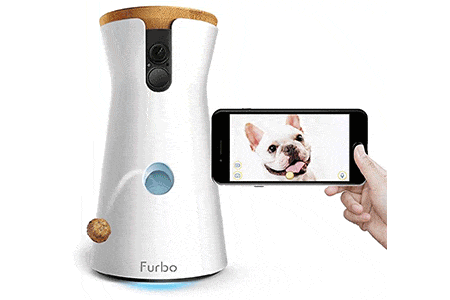
It’s the season for home improvement! Whether you’re planning a major upgrade or just a quick fix, Amazon Home has got you covered! Shop popular appliances, smart home accessories, and much more. Find helpful items for any project and earn rewards along the way.
*some exclusions apply
Kitchen & Dining – 7 kicks per $1
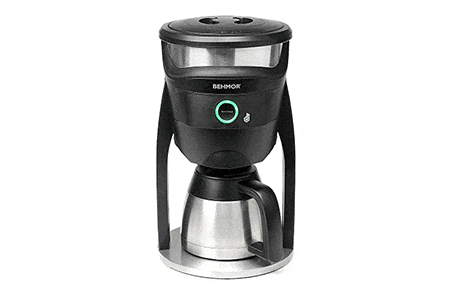
Ready for a change? Find top spring trends for your home and kitchen on Amazon Home. Shop through the Shopkick app and express yourself while earning kicks.
Furniture & Outdoors – 7 kicks per $1

Furnish your living space both inside and outdoors! Amazon Home has everything you need to channel your inner host and get ready for spring and summer entertaining. What’s more, you can earn kicks towards gift cards with your purchases!
Happy shopkicking!
How it works
Shopkick rewards you for the shopping you already do. There are many easy ways to earn reward points (we call them kicks). Redeem your kicks for free gift cards and enjoy. It’s that easy! With a wide selection of gift cards available from Starbucks to Target, Sephora to Amazon, you can be sure to find the perfect gift card to treat yourself.
Don’t have Shopkick yet? Download it now and get started earning rewards today!
How shoppers are using mobile in-store to make buying decisions
Using mobile in-store to research products has become a regular part of the brick-and-mortar shopping experience. Continue reading “How shoppers are using mobile in-store to make buying decisions”
The ultimate 3-step new product launch checklist
When preparing to go to market, a new product launch checklist is imperative. Continue reading “The ultimate 3-step new product launch checklist”
How to shop your way to free gift cards
Shopping isn’t just about ticking items off a list — it’s an experience, an art, and yes, an opportunity. Did you know your everyday shopping can actually lead to free gift cards? With the right approach and tools, you can turn your regular shopping trips into a rewarding activity. Imagine scoring gift cards for your favorite stores and brands, just by doing what you already do! Today, we’re diving into exactly how you can shop smarter and unlock these perks, starting with a simple download. Let’s turn your shopping habits into real rewards.
Downloading a Shopping Rewards App
The easiest way to get started on your journey to earning free gift cards is by downloading a shopping rewards app. These apps are designed to reward you for your purchases and activities while shopping —whether in-store or online. They’re the bridge between your normal habits and extraordinary rewards.
There are two main types of shopping apps: coupon-based apps and true rewards apps. Coupon apps are essentially the digital version of old-school coupon clipping, offering discounts and deals directly on your phone. While useful, they’re limited to saving you money upfront.
On the other hand, shopping rewards apps go a step further by offering points for a variety of actions, like visiting stores, scanning product barcodes, and completing purchases. These points can then be redeemed for free gift cards to popular retailers. Think of them as your personal shopping assistant, rewarding you for every step you take.
The best part? These apps work seamlessly across multiple stores, so you’re not tied to just one retailer. It’s an effortless way to maximize your shopping routine and make every trip count.
Using Shopkick for Maximum Rewards
Among the many shopping rewards apps available, Shopkick stands out as a game-changer. It’s more than just an app — it’s an experience that transforms how you shop. From the moment you step into a participating store, Shopkick starts rewarding you with points, which they call kicks.
Here’s how it works:
- Walking into Stores: Simply entering select stores earns you kicks. No purchase is necessary — just show up and start collecting
- Scanning Barcodes: While browsing the aisles, you can scan the barcodes of featured products to earn additional kicks. It’s like a scavenger hunt, making your trip more interactive and fun
- Uploading Receipts: After making a purchase, upload your receipt through the app to earn even more kicks. It’s quick, easy, and adds to your rewards
- Shopping Online: Prefer to shop from home? No problem. Shopkick also lets you earn kicks for shopping online through its platform
With Shopkick, every shopping trip feels like an adventure. The thrill of earning kicks adds a layer of excitement to even the most routine errands, turning your shopping cart into a gateway to free gift cards.
Social Media and Community Engagement
The rewards don’t stop with the app itself. Shopkick has cultivated an engaging and dynamic community across social media channels like Facebook and Instagram (@shopkick). By following these platforms, you can tap into daily shopping inspiration, exclusive promotions, and even a good laugh from user-generated content.
Social media becomes a space where Shopkickers share their tips, tricks, and success stories, creating a vibrant hub of positivity and motivation. Whether it’s a funny meme about shopping or an insider tip on earning more kicks, the community adds an extra layer of enjoyment to the entire experience.
Engaging with Shopkick’s social channels isn’t just about entertainment — it’s about staying informed and getting the most out of the app. You’ll never miss a chance to earn more rewards, and you might even make a few online friends who share your passion for savvy shopping.
Download Shopkick today and start transforming your shopping experience. Turn every step, scan, and receipt into rewards, and join a community of shoppers who know how to make their habits work harder for them. Your journey to free gift cards starts now — don’t wait to get in on the fun.
Shop outdoor spring essentials
Find everything you need to transform your patio into the patio of your dreams. Open the Shopkick app to check out some of our favorite finds!
Let’s take this outside
It’s the perfect time to refresh your outdoor space + earn big kicks! From 4/28 through 5/1, get double the kicks at Walmart.com, eBay, Overstock, Jet and Etsy when you purchase through the Shopkick app.
Get double the kicks per $1 spent online!
Participating Partners:





How to earn kicks for online purchases
Step1
Look for the cart icon to find stores with kicks for online purchases.
Step2
Tap “Shop Now” on an offer or in a store’s page to visit through Shopkick.
Step1
Add items to your cart and checkout with any payment method.




